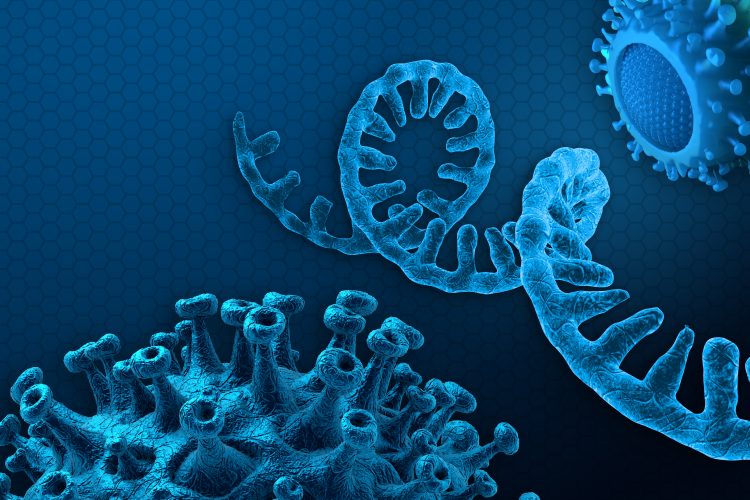Novel visualisation platform to aid understanding of COVID-19 strain evolution
Posted: 20 April 2020 | Hannah Balfour (Drug Target Review) | No comments yet
The visualisation platform is being used to analyse how the SARS-CoV-2 virus causing COVID-19 is evolving and could be used to inform drug design.


Australian researchers have developed a novel visualisation platform with which to analyse the genetic codes of the SARS-CoV-2 virus, causing the COVID-19 pandemic. They suggest their findings will enable better understanding of how the virus evolves and may be beneficial to vaccine design in future.
The visualisation platform is based on bioinformatics algorithms that were originally used to analyse the human genome. According to the team from The Commonwealth Scientific and Industrial Research Organisation (CSIRO), Australia’s national science agency, the platform can pinpoint differences among the thousands of genetic sequences of the SARS-CoV-2 virus.
CSIRO Chief Executive Dr Larry Marshall said knowing the genetic code was vital: “This highly complex analysis of the genome sequence of the SARS-CoV-2 virus has already helped to determine which strains of the virus are suitable for testing vaccines, underway at the Australian Centre for Disease Preparedness in Geelong – the only high biocontainment facility of its kind in the Southern Hemisphere.”
CSIRO’s Bioinformatics Team Leader and first author on the paper Dr Denis Bauer said that as the virus evolves, the viral genome becomes increasingly important because the behaviour of the virus and what kind of disease it can cause are encoded within the sequence.
Dr Bauer continued: “Globally there is now a huge amount of individual virus sequences. Assessing the evolutionary distance between these data points and visualising it helps researchers find out about the different strains of the virus – including where they came from and how they continue to evolve.”
He also added that “the advantage of the data visualisation platform is that it highlights evolving genetic mutations of the virus as it continues to change and adapt to new environments.”
CSIRO’s Dangerous Pathogens Team Leader Professor S.S. Vasan, who is leading the SARS-CoV-2 virus work and vaccine evaluation studies and is the corresponding author of the paper, said the first 181 published genome sequences from the current COVID-19 outbreak were analysed to understand how changes in the virus could affect its behaviour and impact.
“This RNA virus is expected to evolve into a number of distinct clusters that share mutations, which is what we have confirmed and visualised,” said Professor Vasan. “At this time, we do not expect it will affect the development and evaluation of COVID-19 vaccines, therapies and diagnostics, but it is important information to monitor as pre-clinical and clinical studies progress.
“To enable this, we are calling on the international research community to share de-identified details of case severity and outcome and other relevant meta-data such as co-morbidities and smoking status, alongside the genomic sequences of the virus.”
Dr Bauer concluded: “The more informed we are about the genetic differences and their likely consequences on the progression of the disease, the better we can tackle the disease with diagnostics and treatments.”
The paper was published in Transboundary and Emerging Diseases.
Related topics
Analytical techniques, Disease research, Genetic analysis, Genomics, RNAs, Sequencing, Technology
Related conditions
Coronavirus, Covid-19
Related organisations
Australia's national science agency CSIRO, The Commonwealth Scientific and Industrial Research Organisation (CSIRO)
Related people
Dr Denis Bauer, Dr Larry Marshall, Professor S.S. Vasan



